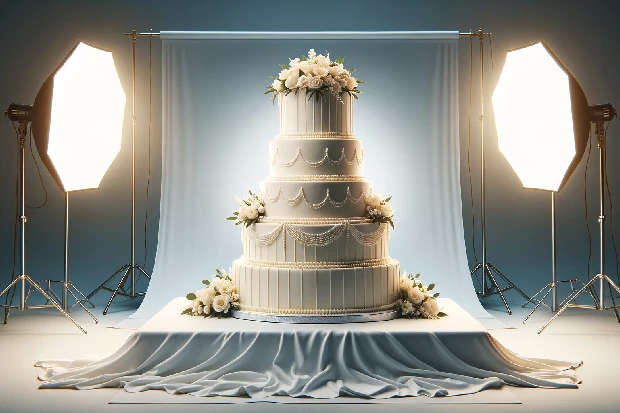Discover the rich history and symbolism of wedding cakes, from ancient Rome to modern custom designs, and learn how to choose the perfect cake for your special day.
The Evolution of the Wedding Cake
Ah, the journey of the wedding cake—a tale of tradition and transformation that reflects the evolving customs of matrimony! As a cake artist, I must admit I lean more towards creation than history. In my consultations with enthusiastic couples eager to design their dream wedding cake, I often hear:
“I don’t like cake, but everyone says I need a cake…”
“Why do I need a wedding cake? There’s already so much food and dessert…”
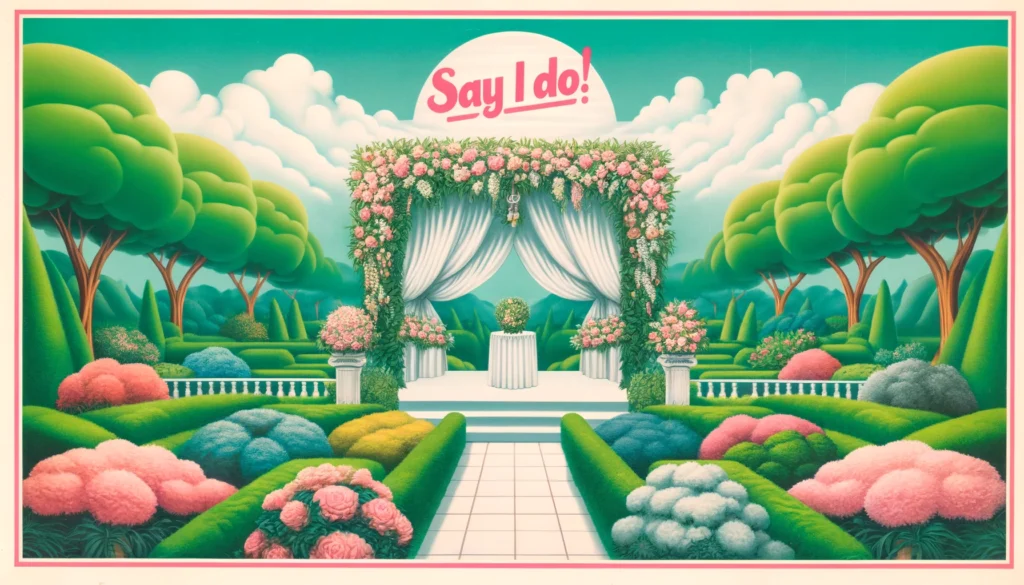
If this sounds all too familiar, you’re not alone. Many couples grapple with the idea of a traditional wedding cake. The key here is to remember that your wedding is a reflection of your unique bond and personal style.
So, before opting for a cheese wheel, cupcake tower, or your favorite apple pie, let’s uncover the origins of the wedding cake. With the wedding cake evolving from simple wheat cakes to elaborate confections, who knows? I might just have to revisit this history lesson to explain the origins of the timbit towers that replaced the wedding cake.
Ancient Roman Beginnings
In ancient Rome, the wedding cake was simpler than the modern-day creations I craft today. It featured a basic cake made from wheat or barley. Here’s the twist: instead of eating the cake, it was broken over the bride’s head. This act was believed to bring good luck and a fruitful union with many children, marking the beginning of cakes in weddings as symbols of joy and community.
Medieval England’s Contribution
Fast forward to the Middle Ages in England, the concept of the wedding cake started to resemble what I recognize today. Guests brought small spiced buns to the wedding, stacking them high. If the bride and groom could kiss over this tall stack without it falling, they were assured a happy life together—a real teamwork test!
The 17th Century and Bride’s Pie
By the 17th century, weddings featured the bride’s pie, a savory dish filled with meats and seafood, unlike the sweet fruit-filled pies I enjoy now. It was considered polite for guests to eat a slice, showing respect and goodwill toward the couple.
The Rise of Sugar and Ornate Cakes
As sugar became more available and affordable in the 18th century, wedding cakes became sweeter and more elaborate. A pivotal moment was Queen Victoria’s wedding in the 19th century, where she showcased a stunning white cake. This not only set a trend but also symbolized status—the white icing showed the use of pure sugar, a luxury then.
Thank you, Queen Victoria!
The Modern Wedding Cake
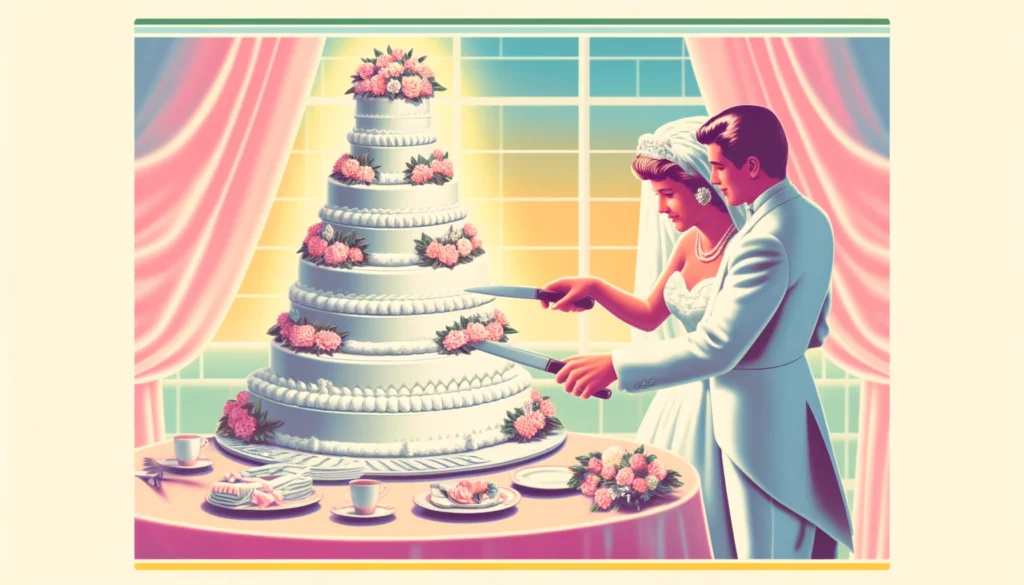
By the late 19th century, no wedding was complete without a cake. It was crucial not just for its flavour, but also as a central piece of wedding décor. Today, wedding cakes can be as unique as the couples themselves, from grand multi-tiered showpieces to simple designs. They reflect the couple’s personality and style, embodying their unique love story. Although styles and flavors may vary, the role of the wedding cake as a key part of celebrating marriage and sharing happiness remains the same.
Sweet Traditions: The Symbolic Layers of Wedding Cakes
The wedding cake is more than just a dessert; it’s a hallmark of the celebration, filled with symbolic meanings that enrich the ceremony. Each tier, decoration, and flavor can represent different aspects of the couple’s life and future aspirations.
Likewise, the act of cutting the cake together, often the first task performed jointly as a married couple, is a powerful symbol of their new union and shared responsibilities.
The Cake-Cutting Ceremony: A Nod to Tradition and Unity
The cake-cutting ceremony is often the first act performed by a newly married couple, and is steeped in tradition and symbolism. This ritual marks their first cooperative task as a married duo, emphasizing their commitment to mutual support and shared responsibilities. When they slice the cake, they’re symbolically cutting through the obstacles they may face together.
Sharing the cake with guests is more than a gesture of hospitality; it extends their union and happiness to their loved ones. This gesture also expresses gratitude to those who support and celebrate with them on their special day. This moment captures joy and gratitude, a joining of tradition with new beginnings in their journey ahead.
Building Memories: The Symbolic Structure of Wedding Cakes
Ever find yourself wondering why wedding cakes are often grand towers designed to feed an army? I sometimes playfully point to enthusiastic family members, ahem, mothers, who insist on a large cake to ensure everyone gets a slice—and maybe a little extra for luck!
The design of the wedding cake, from the number of tiers to their height, is rich with symbolism. Each tier can represent a significant milestone in the couple’s journey together, illustrating the progression of their relationship. The structure of the cake reflects the path they will walk as partners.
Floral, Frosting, and Figures: Symbols on Wedding Cakes
Sugar Flowers: I often decorate wedding cakes with intricate sugar flowers, each type of flower carrying its own meaning. For instance, roses symbolize love and romance, while lilies represent purity and unity. These edible blooms not only make the cake look stunning but also infuse it with layers of symbolic significance.
White Icing: Traditionally, wedding cakes are covered in white icing, which symbolizes purity and the start of a new life together. The pristine white of the icing was also historically a sign of affluence; pure white sugar was expensive, so having a white cake was a display of wealth and social status.
Cake Toppers: The figures that sit atop the cake, typically represent the bride and groom, are rich in symbolism. Originating from the late 19th century, these toppers signify the couple’s togetherness and their shared journey into married life. Contemporary toppers can vary widely, often personalized to depict the unique interests or humor of the couple, but they still hold the traditional symbol of unity.
Each decoration adds beauty and meaning to the wedding cake, making it a key symbol in the celebration. These elements blend to reflect the couple’s unique story, showing how important the right cake is to the wedding’s overall feel and theme.
Now, let’s dive into how to pick the perfect wedding cake that not only looks amazing but also captures your personal and traditional values.
How to Choose the Perfect Wedding Cake
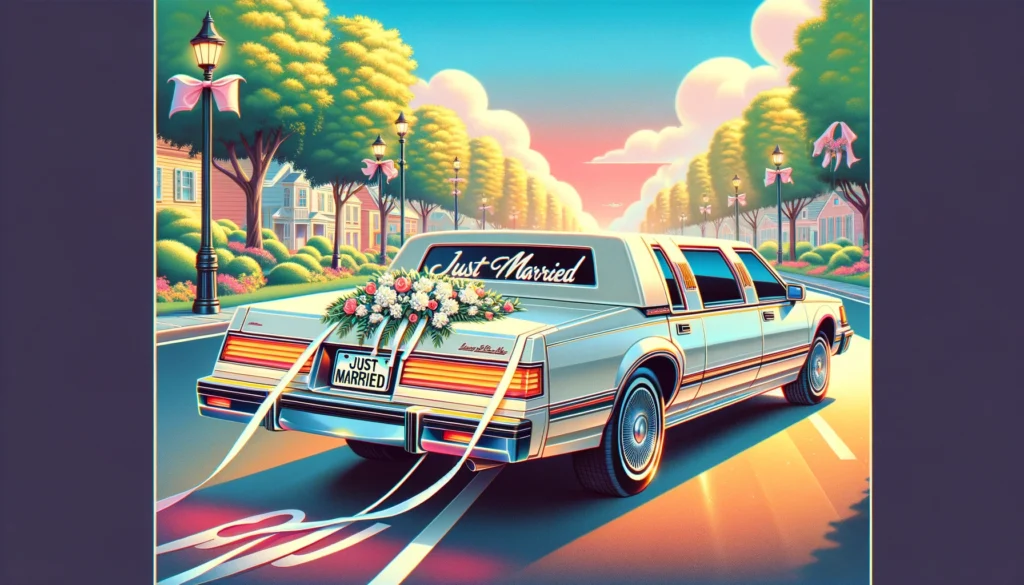
While the classic white wedding cake remains popular for its simplicity, contemporary cakes can vary as much as the couples themselves. Cake designers push the limits of creativity to craft stunning creations that taste incredible and visually embody the couple’s theme and personal style. Whether opting for elegance or innovation, the wedding cake should reflect the bride and groom’s personalities.
Designing your wedding cake is a fun and creative process. Here is a step-by-step guide to help you customize the perfect wedding cake for your special day.
Wedding Cake Inspiration
Start by gathering inspiration. Social media platforms like Pinterest and Instagram are great for finding a plethora of cake designs showcasing various styles, colors, and themes. Use hashtags like #weddingcake or #cakeinspiration to discover the latest trends and unique ideas from professional bakers and cake designers. Additionally, visit our online wedding cake gallery for a more curated selection of designs, where you’ll find detailed images of past cakes that offer insights into different techniques, decoration choices, and tier arrangements.
Choosing Your Flavors
Once you’re inspired, it’s time to think about the flavors. Although I still get requests for the random fruitcake, customer favourites include: crunchy Hazelnut, rich and smooth Raspberry Cheesecake, and classics like Madagascar Vanilla Bean and decadent Chocolate Truffle. To help you decide, we offer a gorgeously packaged cake tasting box, complete with a flavor card to make the decision easier and fun. Each box includes all 14 flavors so you can taste each one and decide which you prefer or how to mix them for different layers of your cake.
Determining the Size of Your Wedding Cake
The size of your wedding cake depends on several factors such as the number of guests, whether there’s a dessert table, and your desire for the cake to be a grand centerpiece. Typically, you’ll want a cake that serves about 60% of your total guest count. Deciding this early helps in planning the scale and design of the cake to ensure it fits perfectly within your wedding setup.
Finalizing Your Wedding Cake Design
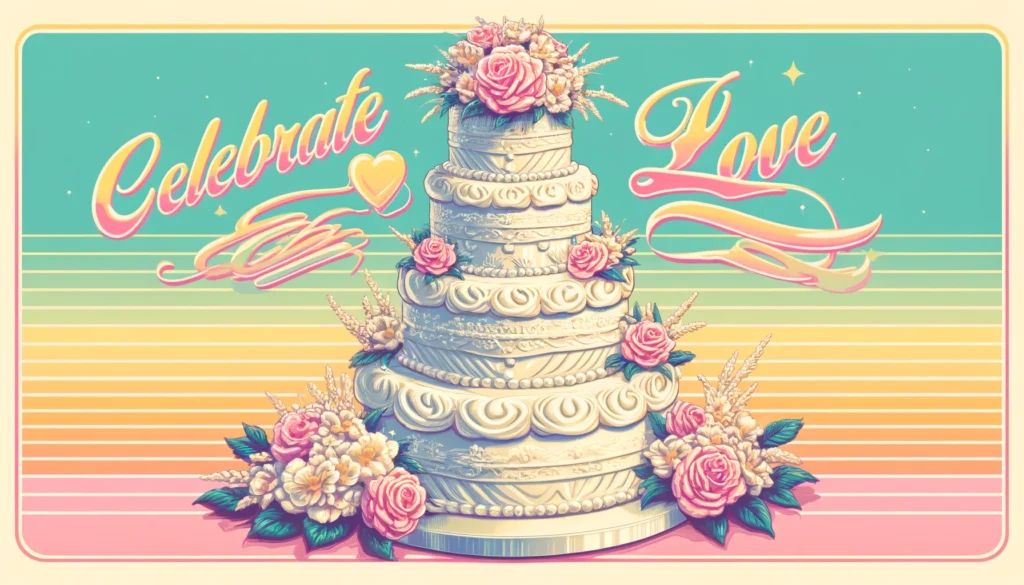
Designing the perfect wedding cake that reflects your personal style and complements your wedding theme involves a few critical steps. From confirming the availability of your cake artist to bringing your vision to life during a consultation, here’s how to ensure that your wedding cake is everything you’ve dreamed of.
Confirm the Availability of Your Cake Artist
Venue and Date: Start by providing your cake designer with the location and date of your wedding. This is crucial for checking their availability and scheduling the delivery and setup of your cake.
Provide Inspiration
Create Mood Boards: Collect digital images or create mood boards that include your color theme, floral arrangements, invitations, and decor. This will serve as inspiration and help your cake artist understand the aesthetic you are aiming for.
Details Matter: Consider elements that might be special to you, such as lace patterns from the wedding dress or specific motifs from your wedding invitations, to incorporate into the cake design.
Book a Consultation
Schedule a time to meet with your cake designer to discuss the inspiration and details you’ve gathered. This fone-on-one consultation is a chance to ensure your expectations align with their design capabilities.
Show and Tell
Provide Examples and Feedback: During the consultation, show the mood boards and specific images you’ve collected. Discuss what you like about each example and how it might translate into your cake design.
Be open to suggestions from your cake artist. They can offer valuable insights on enhancing your ideas with their expertise.
Finalizing your wedding cake design is an exciting part of the wedding planning process. By following these steps, you ensure that your cake artist has a clear understanding of your vision and that the final product will seamlessly integrate with your wedding’s overall aesthetic. Remember, the goal is to create a cake that looks stunning and tastes delightful, making your special day even more memorable.
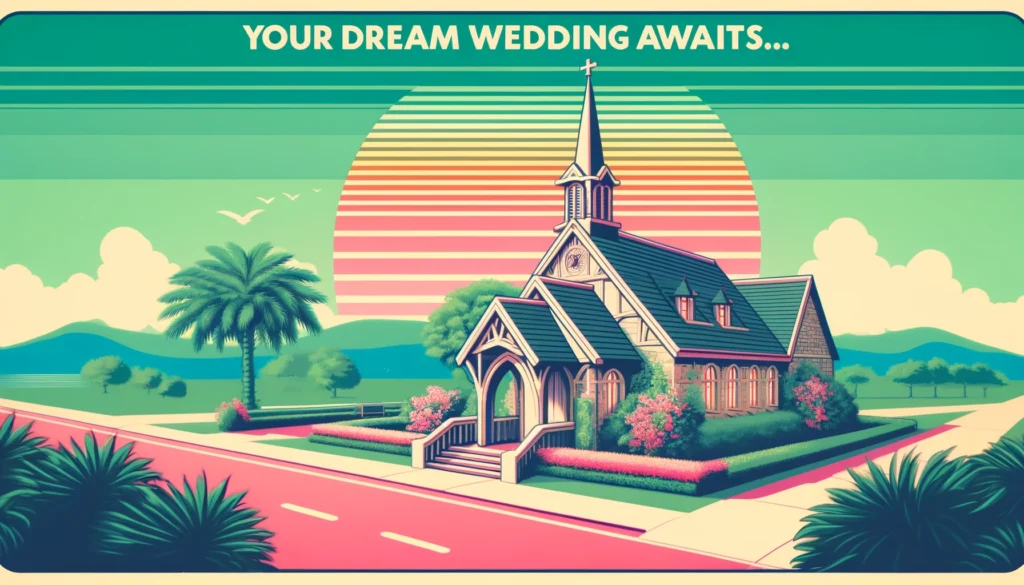
End on a Sweet Note: Your Wedding Cake, Your Story
As I’ve explored, the wedding cake is far more than just a confection; it’s a storied symbol of celebration, steeped in tradition and rich with meaning.
The wedding cake reflects cultural heritage and personal style, from its roots in ancient Rome to its ornate manifestations in modern ceremonies. Today, choosing the perfect wedding cake is about blending these historic elements with individual preferences to create a centerpiece that tastes as good as it looks and means something special to the couple.
Whether you’re opting for a cake decked with sugar flowers that symbolize new beginnings or experimenting with flavors that scream ‘adventure,’ remember, your wedding cake is a slice of your story—make it deliciously memorable!
I’d love to hear from you: What unique twist would you want to add to your wedding cake to make it truly your own?
